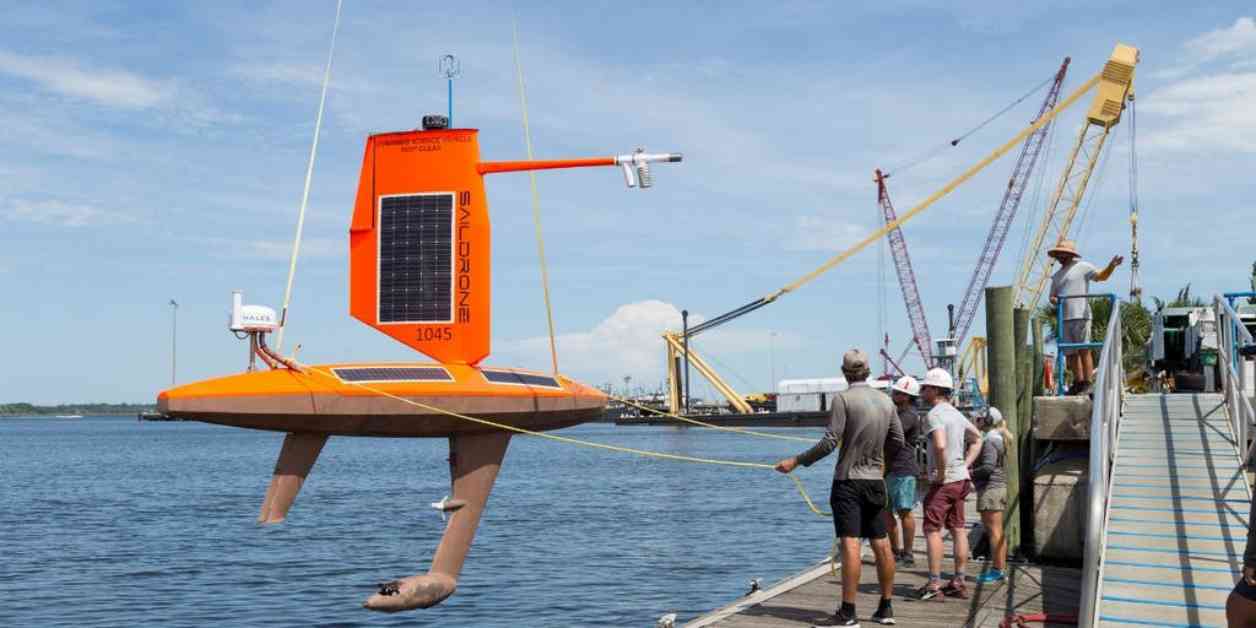Have you ever wondered why some hurricanes transform from relatively mild storms into monsters in just a day? This process, called rapid intensification, is one of the biggest challenges in hurricane forecasting. Imagine you’re living in a coastal town, preparing for what you think will be a moderate tropical storm. Suddenly, within 24 hours, it becomes a Category 5 hurricane. That’s exactly what happened with Hurricane Otis in October 2023, catching many by surprise and causing widespread destruction in Acapulco, Mexico. This rapid transformation isn’t just scary. It’s becoming more common. So, how can we better predict these sudden intensifications? That is where Saildrone comes in.
Robotic drones called Saildrones are being used to collect crucial data about hurricanes. These wind-propelled, solar-powered vehicles are designed to sail directly into hurricanes, measuring the track and changes in intensity over time. Unlike traditional research ships, Saildrones can stay at sea for months and are much safer and cost-effective.
These drones gather a wide range of data, including wind speed, direction, air and water temperatures, wave heights, and underwater currents. This information helps fill critical gaps in our understanding of hurricanes, leading to more accurate forecast models. Scientists at NOAA are using Saildrone data to improve their predictions, aiming to provide better forecasts that could potentially save lives by helping coastal communities make informed decisions about evacuations.
Saildrones are just one part of a larger strategy to enhance hurricane forecasting. Other tools, such as underwater gliders and aircraft like the “Hurricane Hunters,” work together to provide a comprehensive view of these powerful storms. As climate change continues to impact hurricane patterns, advancements in forecasting technology are crucial for preparing communities and reducing damage.
As we look to the future, these ocean-going robots could become valuable allies in our efforts to understand and predict nature’s most powerful storms. By utilizing innovative technologies like Saildrones, we can improve our forecasting capabilities and make better decisions when facing the threat of hurricanes.
Advancements in hurricane forecasting technology could have significant implications for policy decisions regarding coastal development and infrastructure. As we gain a better understanding of these storms, policymakers may need to reconsider zoning regulations, building codes, and evacuation plans to ensure the safety and resilience of coastal communities in the face of increasingly severe weather events.
In conclusion, Saildrones and other cutting-edge technologies are revolutionizing the way we study and predict hurricanes. By harnessing the power of these innovative tools, we can enhance our preparedness, save lives, and mitigate the impact of these destructive natural disasters. As we continue to adapt to a changing climate, investing in advanced forecasting technology is key to building a more resilient future.



